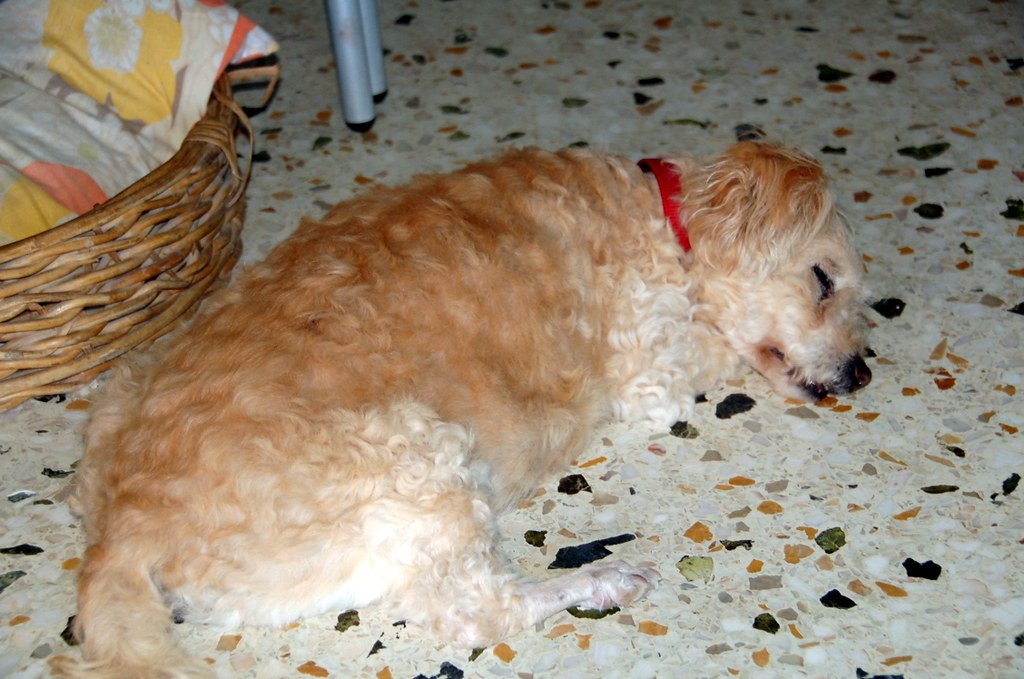I am aware that pets can get affected by cancer, but I was shocked to learn about swamp cancer. Knowing that the swamp is not a part of a pet's body, I dug deeper because it could only mean something different. Swamp cancer is also called Oomycosis; it is not the usual type of cancer that affects a certain part of the body, but it is an infection caused by a water mold-like organism.
The organism we are discussing is called Pythium insidiosum. This organism is usually found in water, but it can also be found in soil. The gastrointestinal tract or the skin is often the major target of this organism. Pythiosis is in two forms, cutaneous and GI. GI affects the digestive tract of the dog, causing the tissue of the stomach or intestine to thicken.
The infection is contracted through drinking or swimming in water with zoospores. High-risk areas are ponds, swamps, and bayous. Dogs used for hunting, especially in swampy regions, stand a higher chance of contracting pythiosis.
Cutaneous pythiosis causes lesions to develop on the tail, head, neck, perineum, inside the thigh, and legs. The swelling and wounds that are on the skin of the dog are invasive masses of ulcerated, pus-filled nodules. The symptoms to watch out for are vomiting, fever, involuntary muscle and weight loss, abdominal pain, enlarged lymph nodes, difficulty defecating, and diarrhea.
Two tests are used by veterinarians to diagnose the presence of pythiosis: one is a biopsy, and the other is a blood test. A blood test will help test for antibodies in the blood of the dog, which indicates an exposure to a fungal organism. The second test is the use of a biopsy sample obtained through abdominal masses or skin lesions, depending on the type of pythiosis.
The available treatment for gastrointestinal pythiosis is limited, and the prognosis is often a poor one, especially when there is no early intervention. For a dog actively infected with pythiosis, hospitalization may be necessary, as well as the surgical removal of the affected tissue. Treatment will usually last for about 3-6 months to reduce the risk of recurrence.
Antifungal treatments administered to pets are usually lengthy and could come with several side effects; the medications can cause serious damage to the kidneys and liver. Carrying out consistent blood tests throughout the period of treatment is a necessity, and abdominal ultrasounds are important as well in terms of monitoring intestinal health during the treatment of pythiosis.
During treatment, it is expected that dogs experience weight loss, so getting high-calorie meals and foods that are easily digestible will help through the process of recovery. The chances of survival of a treated dog will depend on how quickly the diagnosis is made and treatment options are made available. Pet owners must ensure to follow the treatment plan given by the veterinarian and any other post-surgical instructions given.
It will interest you to know that dogs are not the only animal that can be affected by pythiosis; infection of pythium insidiosum can also cause infection in cats, cattle, equines, captive polar bears, and, apart from animals, humans can also be affected.


